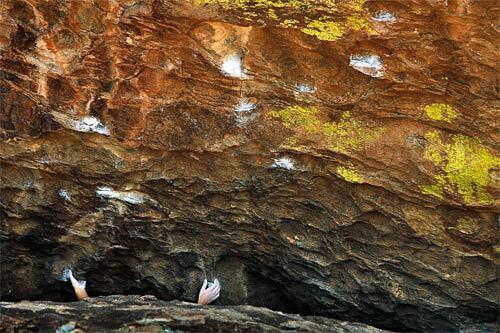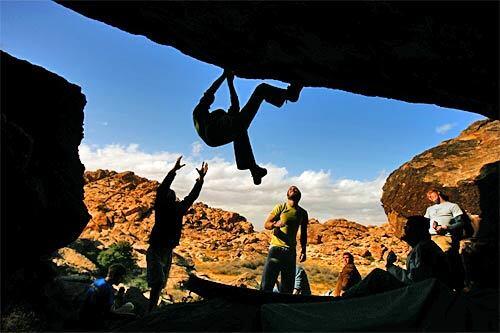
Climbers watch a friend tackle a tricky overhang problem, or climbing path. Crash pads sometimes are used to cushion any falls. (Rick Loomis / Los Angeles Times)
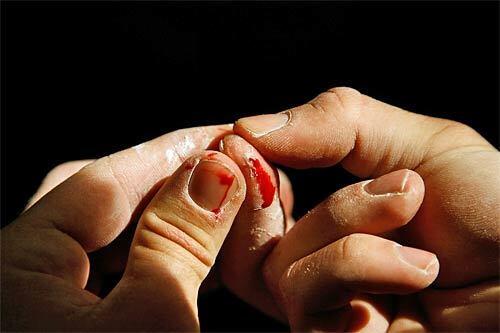
Bloody fingers, hands and other injuries are common when tackling some of the toughest problems, which are ranked in difficulty from 0 to 16 on a so-called V scale, named after climbing pioneer John Vermin Sherman. (Rick Loomis / Los Angeles Times)
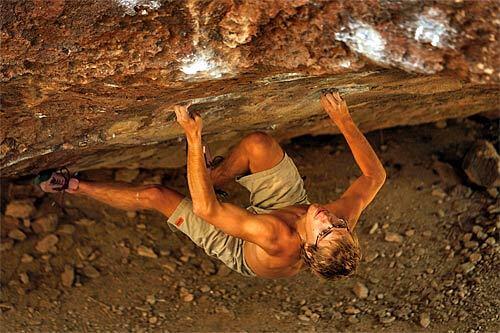
Michael Johnson of Austin searches for nooks to place his hands and feet. Unlike rock climbers, bouldering enthusiasts dont use equipment but climbing chalk helps ease the way. (Rick Loomis / Los Angeles Times)
Advertisement
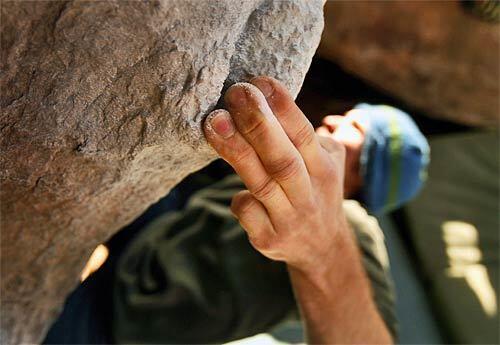
With just three fingers, Andersen Bell of
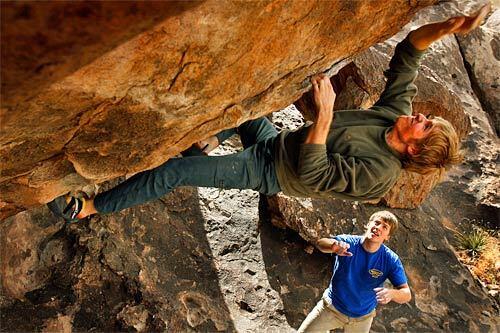
Dan Hovanek of McLean, Va., spots his friend Bell. The boulders at Hueco Tanks, some the size of skyscrapers, are pocked with millions of huecos (Spanish for hollows), created during a magma eruption 35 million years ago. (Rick Loomis / Los Angeles Times)
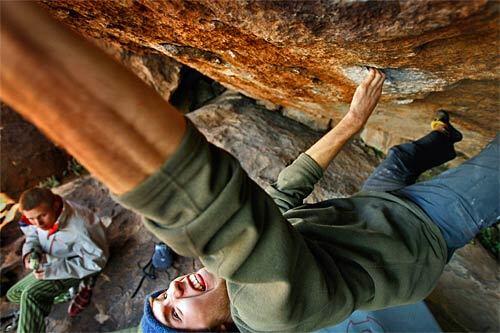
Bell reaches for another nook. About 28,000 people a year visit the park, although it used to draw about 150,000 until 10 years ago when the state adopted a management plan that imposed a daily limit of 230 people to help protect the rock art and better supervise the climbers. (Rick Loomis / Los Angeles Times)
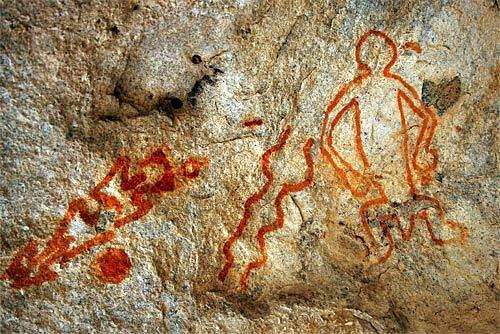
More than 2,000 Native American pictographs and petroglyphs adorn boulders at the park, which represents one of the largest collections of Indian rock art in North America. (Rick Loomis / Los Angeles Times)
Advertisement
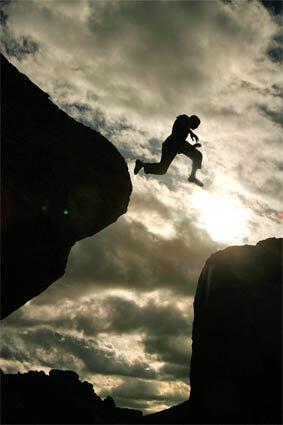
A climber goes airborne as he scrambles between boulders at Hueco Tanks. (Rick Loomis / Los Angeles Times)
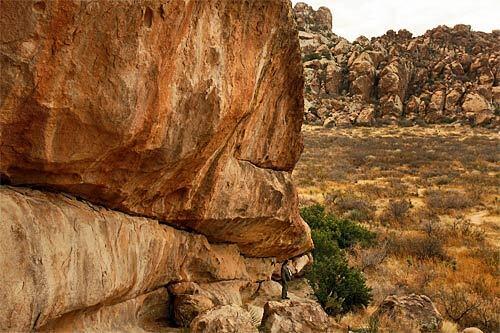
A boulder dwarfs park ranger Jorge Marrufo, who has been coming to Hueco Tanks State Historic Site since he was a child in 1972. He’s in an area made up of three large rock formations that rise up 450 feet above the surrounding desert floor. (Rick Loomis / Los Angeles Times)
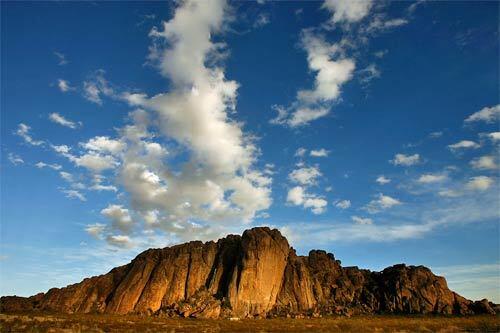
Native Americans have been visiting Hueco Tanks since 8,000 BC to draw water from the pools that form in the ubiquitous hollows. (Rick Loomis / Los Angeles Times)
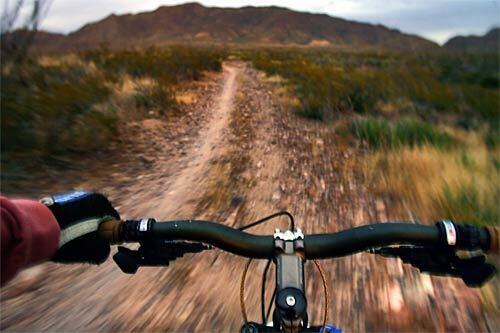
A biker zips along the bumpy Redd Road mountain trail northeast of El Paso. Most of the Redd Road trails are on undeveloped, desert property owned by the city but some paths extend into adjacent Franklin Mountains State Park, where riders must purchase a state recreation pass. (Rick Loomis / Los Angeles Times)
Advertisement
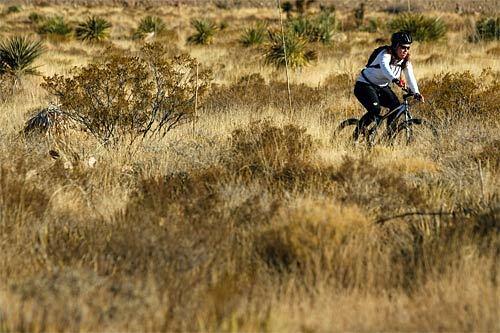
Laci Aboud of El Paso makes her way down a single-track path in the hills above El Paso. (Rick Loomis / Los Angeles Times)
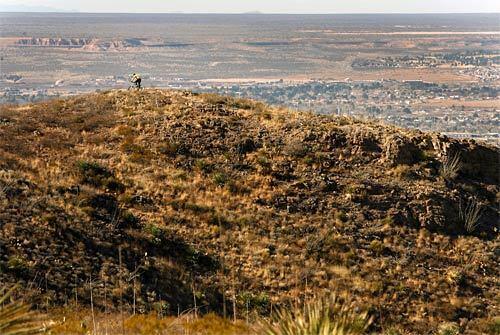
The Redd Road trails can be punishing for bikers and their bikes. The baby heads,” or big rocks, littered along the path are too big to avoid and make for a teeth-chattering ride. (Rick Loomis / Los Angeles Times)
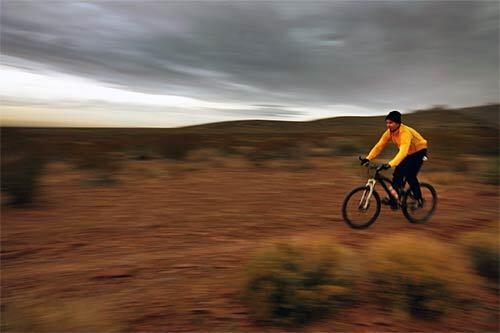
The spiny clusters of ocotillo, prickly pear cactus and agave plants along the trail can make for a painful landing. (Rick Loomis / Los Angeles Times)
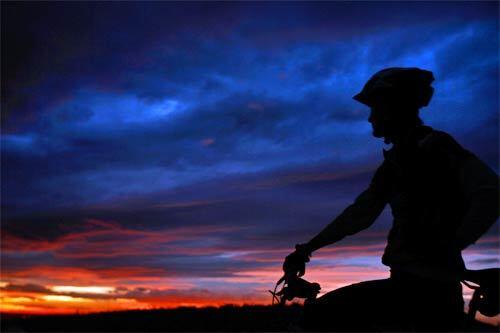
Brent Sanders of El Paso finishes his ride along the trail just after sunset. (Rick Loomis / Los Angeles Times)
